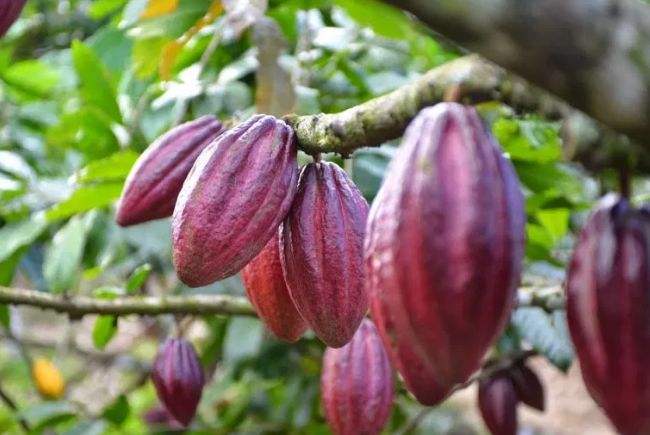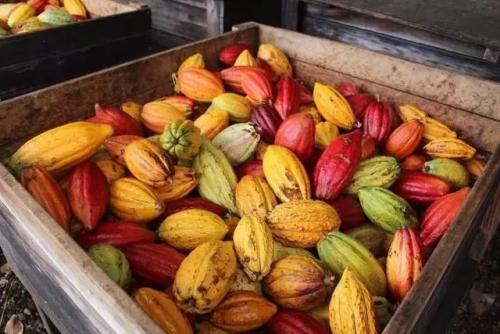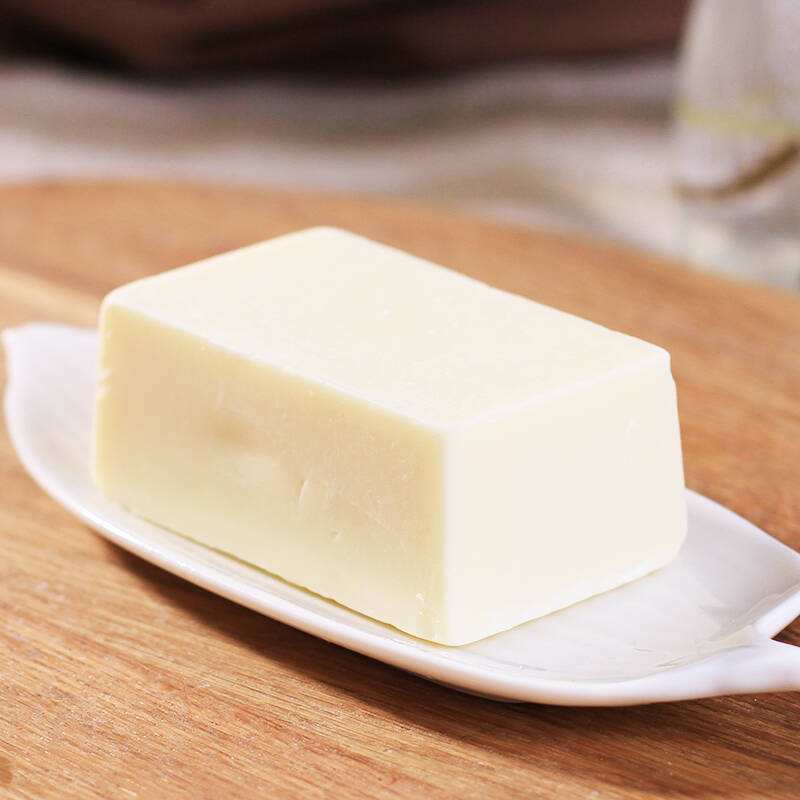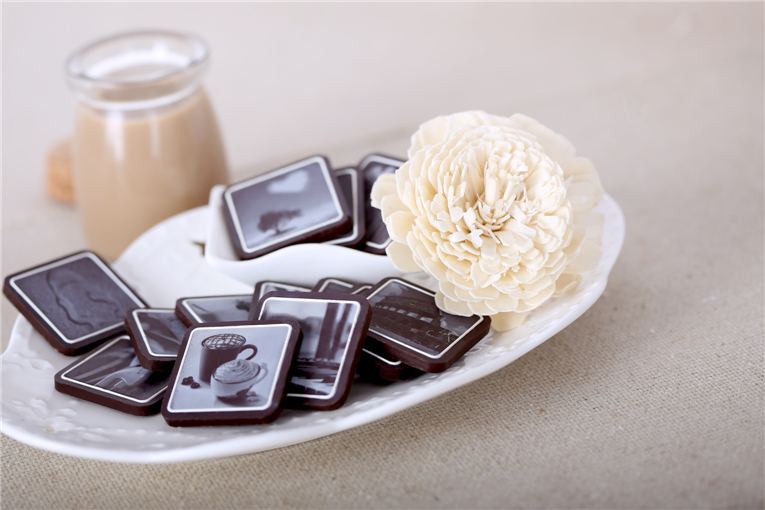
HARVESTING, FERMENTING AND DRYING THE BEANS
Harvesting is very labour intensive; the farmers cut the pods from the trees which has to be done carefully in order to avoid damaging the rest of the tree. The pods are then split open with huge sharp bladed knives and the slimy pulp containing the beans is scraped out. Again this needs to be done precisely in order not to damage the beans. There have been attempts to develop machines to undertake this work, but mechanised cutting systems often damage the cocoa beans and so are not widely used.


SECONDARY MANUFACTURING -- Cocoa butter and cocoa mass is combined in varying proportions and the sugar and milk for milk chocolate is added. This mixture is then stirred continuously over several days in a process called 'conching' which gives the finished chocolate its smooth, silky texture. It is then cooled slowly, whilst it is still moving in the machine.
This is called tempering. The resulting mixture is called couverture and forms the basis of most finished chocolate products. It can then be moulded into chocolate bars, poured over individual confectionary items, shaped into eggs and used in ice cream.
White chocolate has no cocoa powder, only cocoa butter and sugar. Other ingredients such as nuts can be added, as well as any flavourings that the manufacturer puts in. A lot of English chocolate also has vegetable fat added. Divine only uses cocoa butter, which, because of its melting temperature, gives it the luxurious melt in the mouth feel, the added lecithin is not genetically modified and the vanilla is natural rather than synthetic. Once the chocolate is ready, it is wrapped and packed, transported to large handling warehouses and then finally distributed to the shops where you, the consumer, can buy it.

